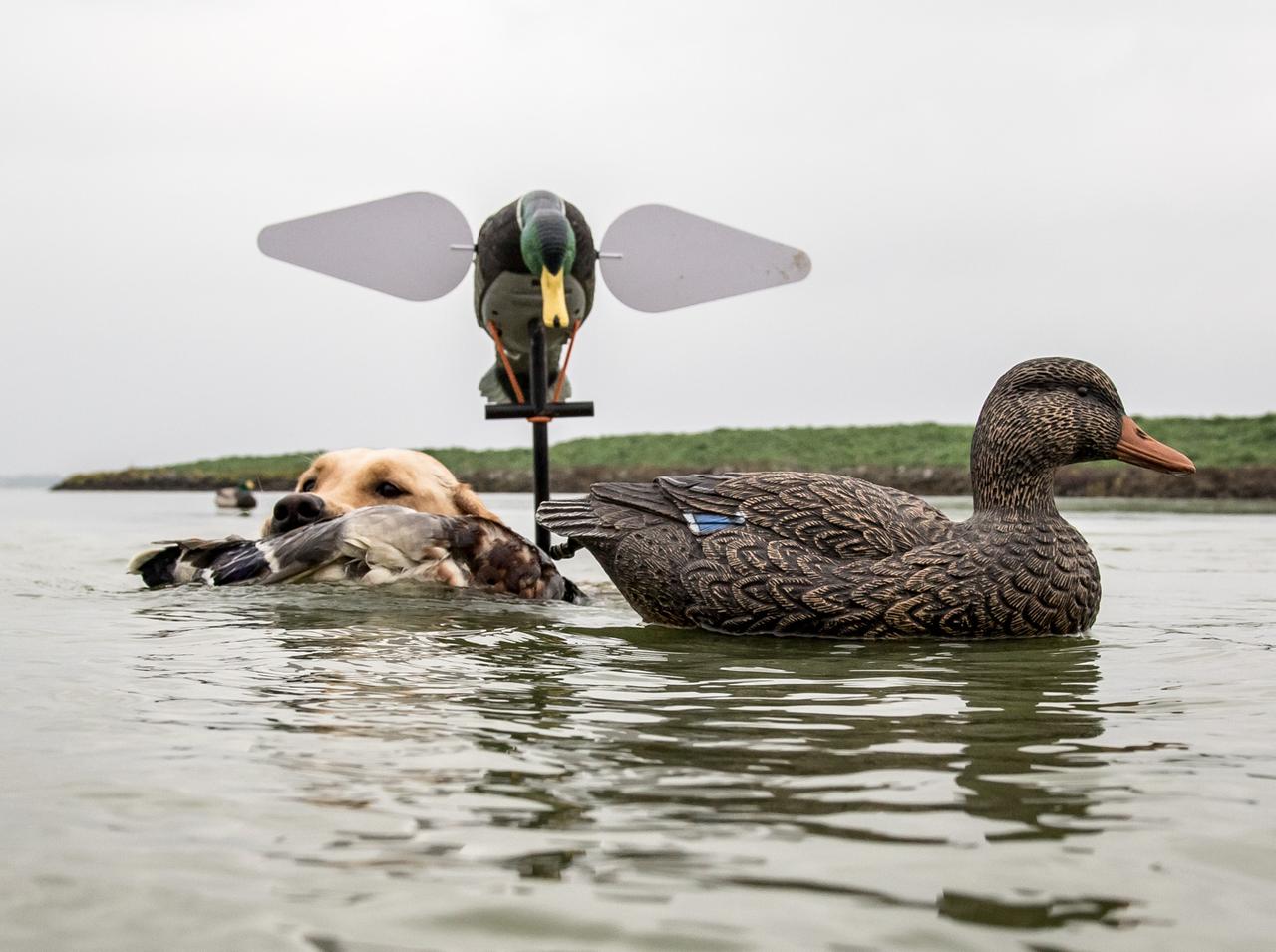
Don't Forget to Introduce Your Duck Dog to Decoys
Posted by Charlie JurneyIn our eagerness to train a retriever into a first-class waterfowl dog, it’s simple to overlook minor yet significant details. For instance, your dog might make you proud when he completes a lengthy retrieve. However, the first time you request him to swim through four dozen decoys to retrieve a duck that fell 150 yards away, it might become a frustrating situation.
Decoys pose all sorts of potential problems for a dog that isn’t familiar with them. First of all, they are likely in the dog’s line of sight, so they could distract him from his mark. Secondly, he might try to retrieve a decoy. After all, it’s right out there where he saw something fall, so who could blame him for such a mistake? Lastly, bumping into a decoy or getting tangled in the decoy line could spook him and make him hesitant to enter the water when decoys are bobbing around.
You can avoid all of these issues with some pre-season work. Decoy introduction should occur when a pup is young. We keep decoys in the garden at our training kennel. The dogs see them every day and quickly lose interest in them. This is passive introduction because the dogs run around the decoys each day while working on other skills.
Formal introductions begin with about a dozen decoys scattered around the garden. Place your dog on a lead and walk him around the outer edge of the decoys. Pay attention to his demeanour. As he becomes more relaxed, steer your walk into the decoy setup at a leisurely pace. Walk around all of the decoys, allowing him to sniff and investigate the blocks if he so chooses. Tell off the pup if he attempts to pick one up or place a paw on it. Repeat the process until he’s completely relaxed while walking through the setup. This may take five minutes or five days; the pup will let you know how long.
Now it’s time for your dog to learn to retrieve in the presence of decoys. First, he should be happily retrieving fun bumpers near the decoys. Initially, toss a few fun bumpers beside the decoy rig. Heap on the praise with each enthusiastic retrieve, letting pup know you’re chuffed with his actions. Gradually change your tosses so pup is required to run through the entire rig when making a retrieve. If he decides to run around the decoys instead of through them, position yourself among the decoys to receive the bumper. Repeat this until he runs through the decoys without hesitation and returns directly to you through them.
Next, you should throw the fun bumpers into the middle of the decoy spread. This should go well unless you had problems with the last step. Once again, repetition is the key to desensitising your dog to decoys. If he tries to pick one up or stop and smell any of the blocks, quickly enter the rig yourself and tease pup with the bumper until it has his entire interest.
At this point, your dog should have no concerns about decoys. Now it’s time to transfer the rig from land to water. An ideal stretch of water would be shallow enough to wade in, in case you need to walk out into the water and reassure him. Start by throwing a few dummies beside the decoys. When he is comfortable with this situation, move your throws beyond the rig and then into the rig, just as you did on land.
It’s not uncommon for a dog to be worried or frightened by a decoy when he bumps into one. Let him know the plastic birds will not harm him by rewarding each retrieve with enthusiasm. Also, keep decoy lines short so your dog won’t become entangled in them.
Decoys should become a regular part of your training programme. Your training fields and ponds should have decoys in them each time you go out to train. While some of this may seem like overkill, it will help ensure your dog doesn’t become known in your duck camp as the 'world’s greatest decoy retriever.'
Always check your local and state regulations related to dog training and the use of game birds on private and public property.
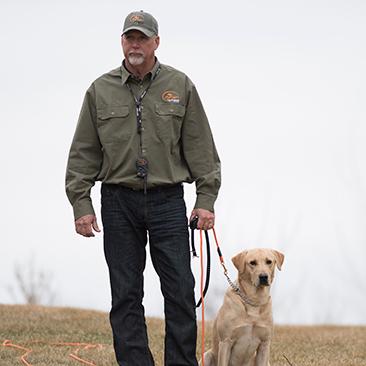
Charlie Jurney
Piedmont, NC
Charlie Jurney has been training performance and hunting dogs for more than 30 years. During that time, he has produced hundreds of titled dogs including Grand Hunting Retriever Champions, Hunting Retriever Champions, Master Hunters, Grand Master Hunting Retriever Champions, and Master Hunting Retrievers. His writings have been featured in The...
Related Articles
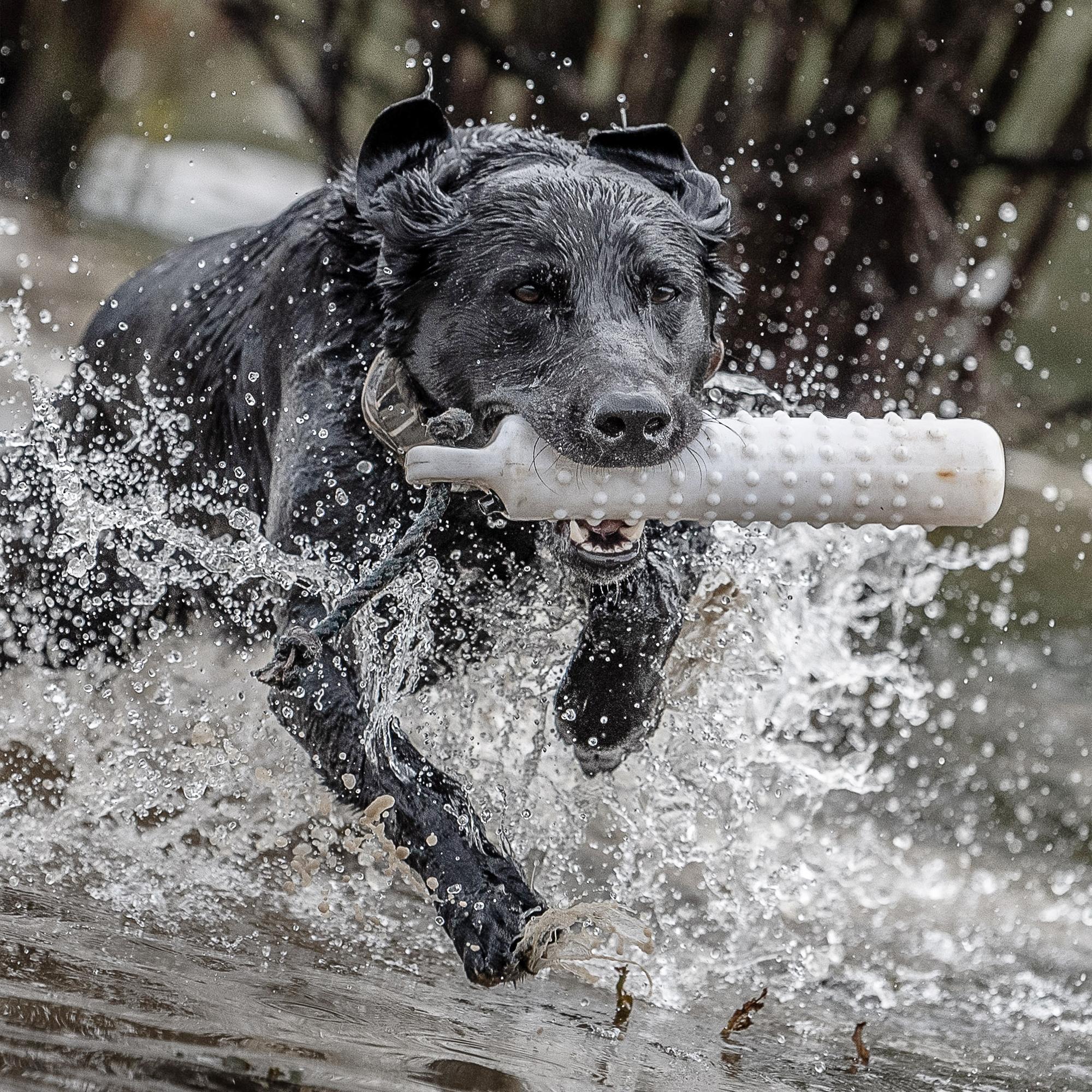
Retriever Training: The Transition to Water
by Tom Dokken
Retrievers love water, so you wouldn’t think that transitioning from land retrievers to water retrieves would be difficult. It isn’t, as long as you follow a few simple guidelines. The key to a smooth introduction and continued improvement on water retrieves is to work in baby steps, just like you did...
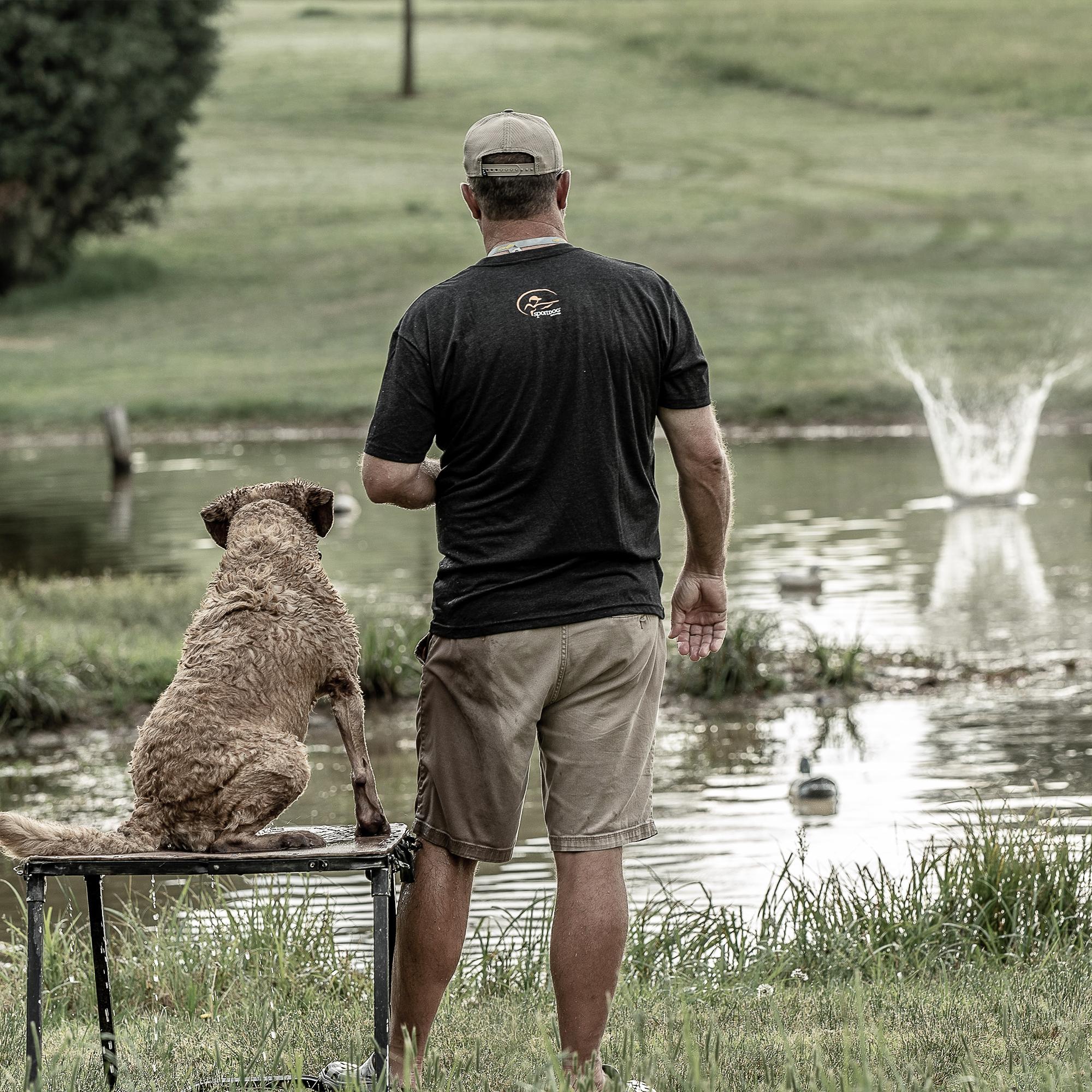
Building a Steady Retriever
by Tom Dokken
A retriever that remains calm in a duck hide and concentrates on watching birds fall is a joy to hunt with. In a perfect world, that’s how all retrievers would behave. While a steady retriever is something that most hunters want, the reality is that very few retrievers are truly...
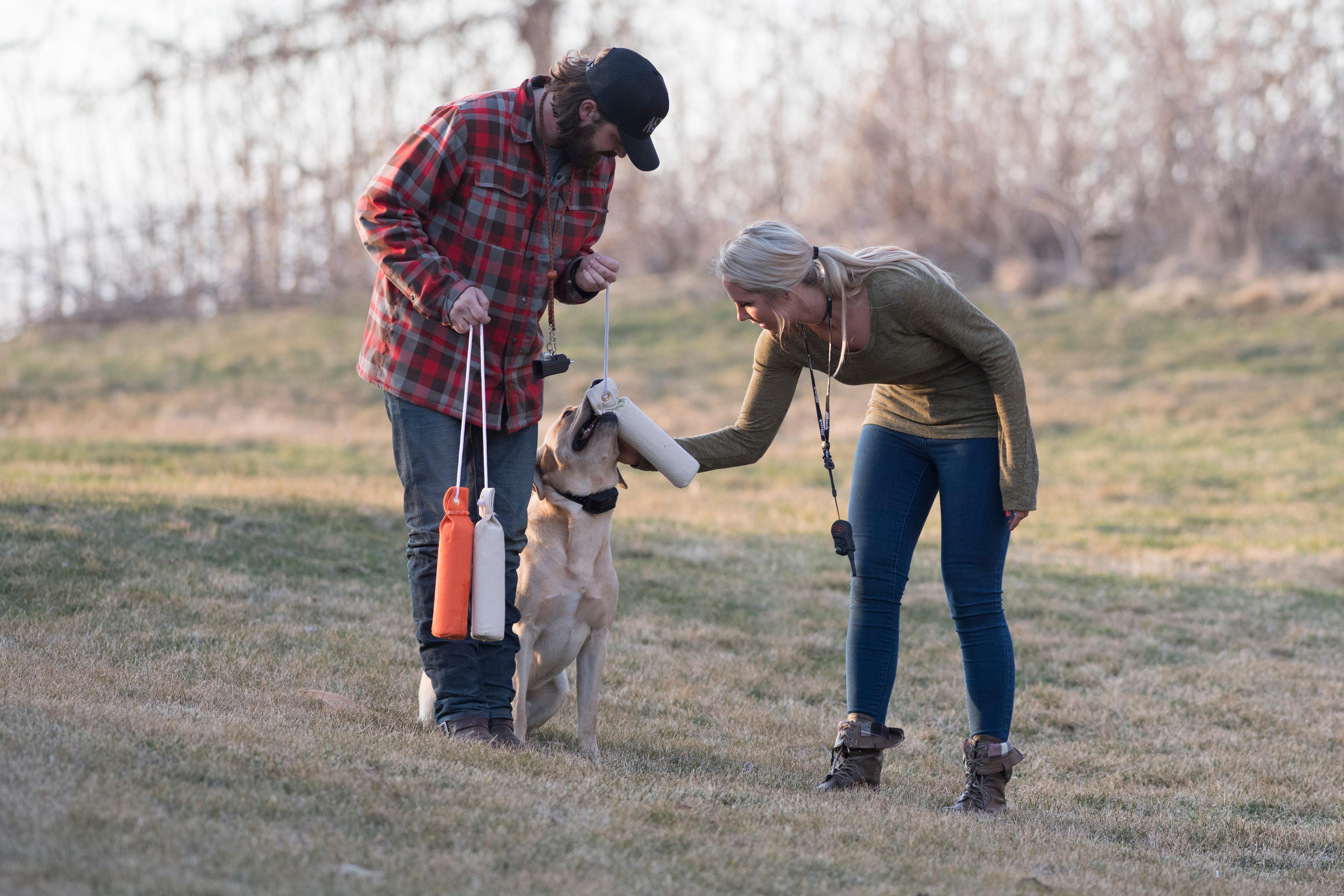
Keeping the Fun in Retriever Training
by Charlie Jurney
Wouldn’t it be nice in the middle of a tough day if someone stopped by and said a few words that made all your worries disappear? Instantly your negative feelings would vanish and you’d be happy. Well, in retriever training, there is something that can have that effect on...
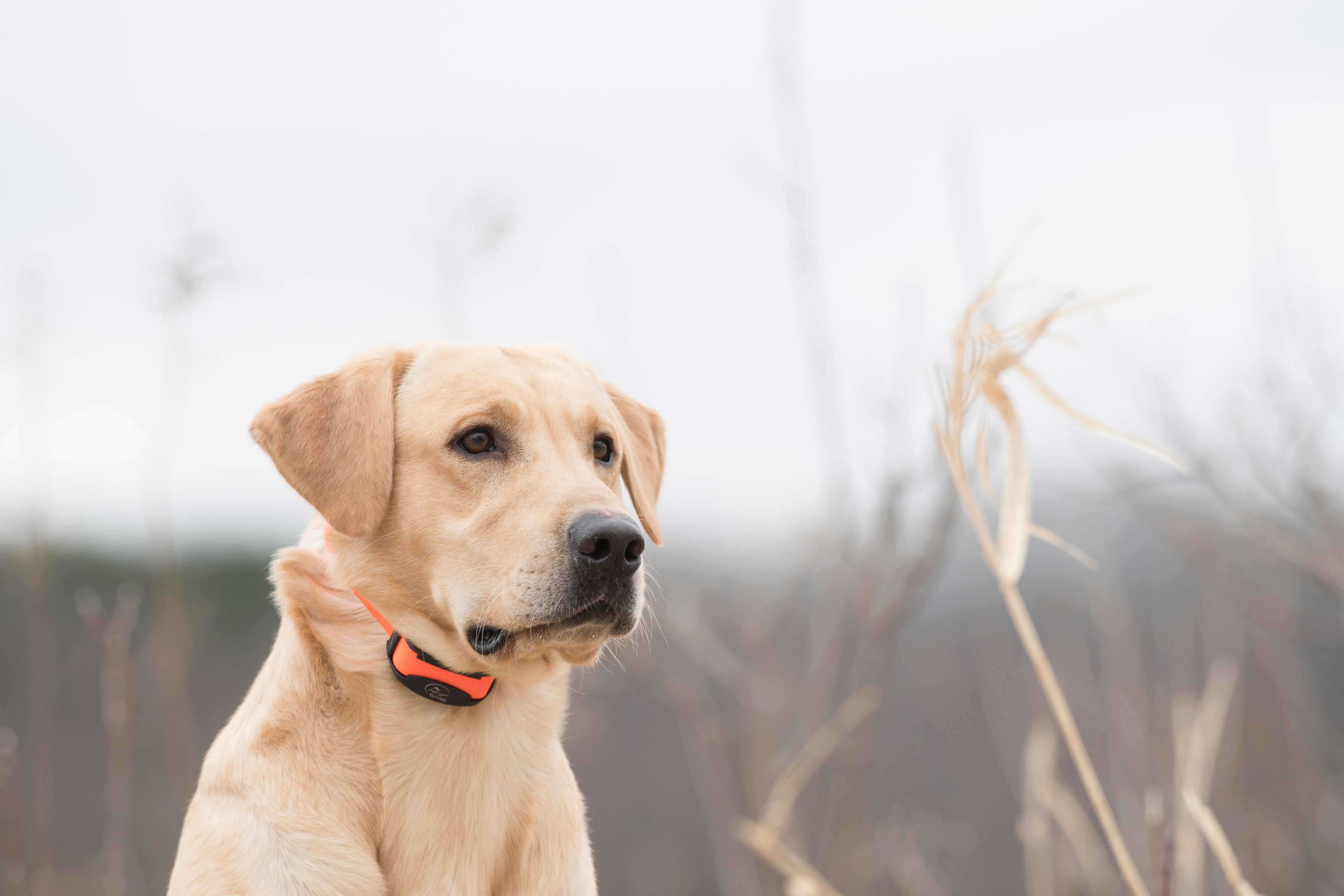
Training Your Retriever for Double Duty
by Charlie Jurney
If you own a waterfowl dog, chances are that sooner or later you’re going to ask it to perform upland duty. It might be a pheasant hunt as a sideline to your Dakota duck hunt, or maybe an afternoon of quail hunting after a morning goose hunt. Most retrievers handle...
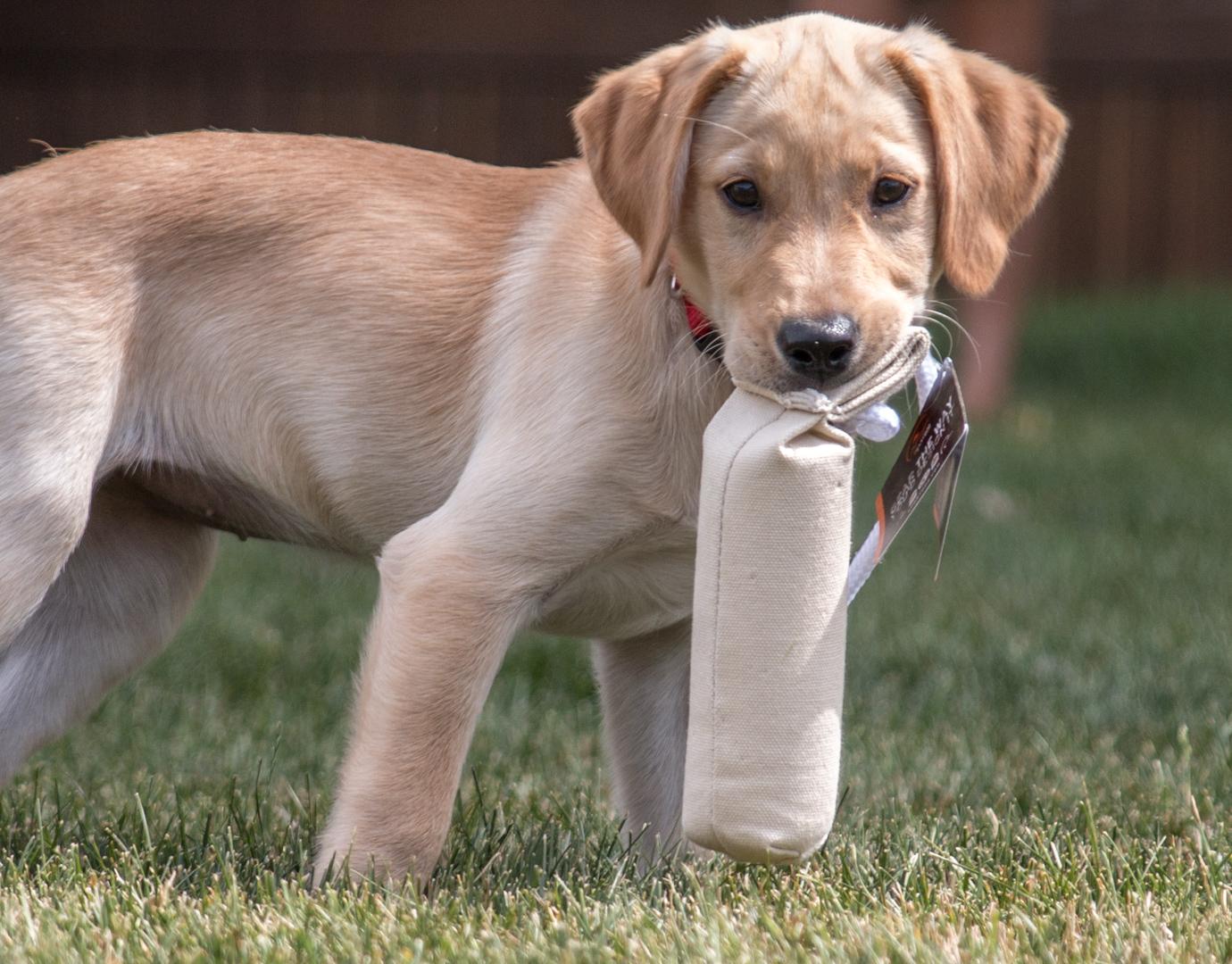
Training Your Retriever with Dummies
by The SportDOG Staff
Training a retriever can be one of the most rewarding experiences any hunter can have. There are no secrets involved: just patience, repetition, perseverance, consistency and the ability to anticipate reaction. In short, the trainer needs to be just a little smarter than his pupil. This is not always as...
